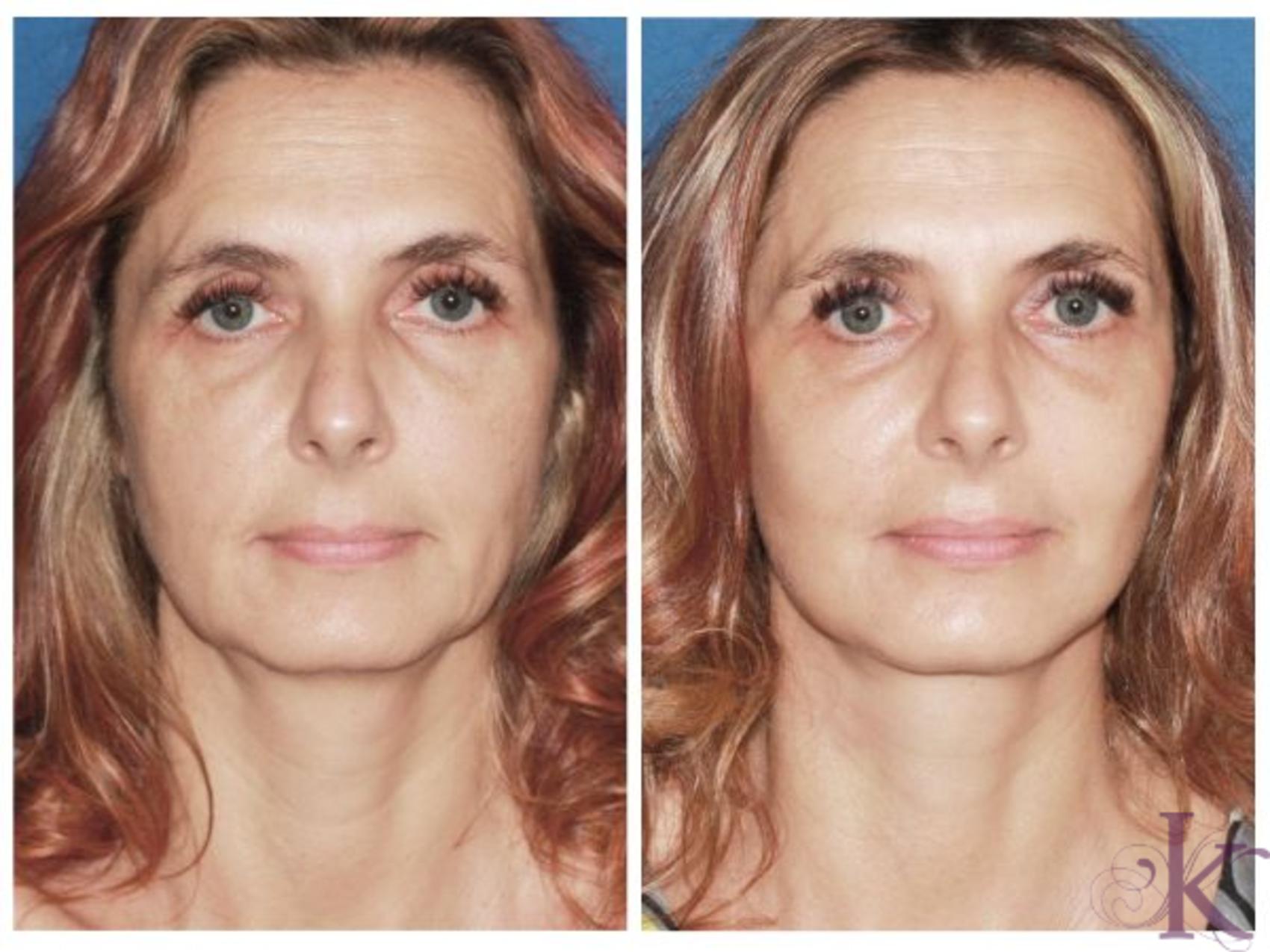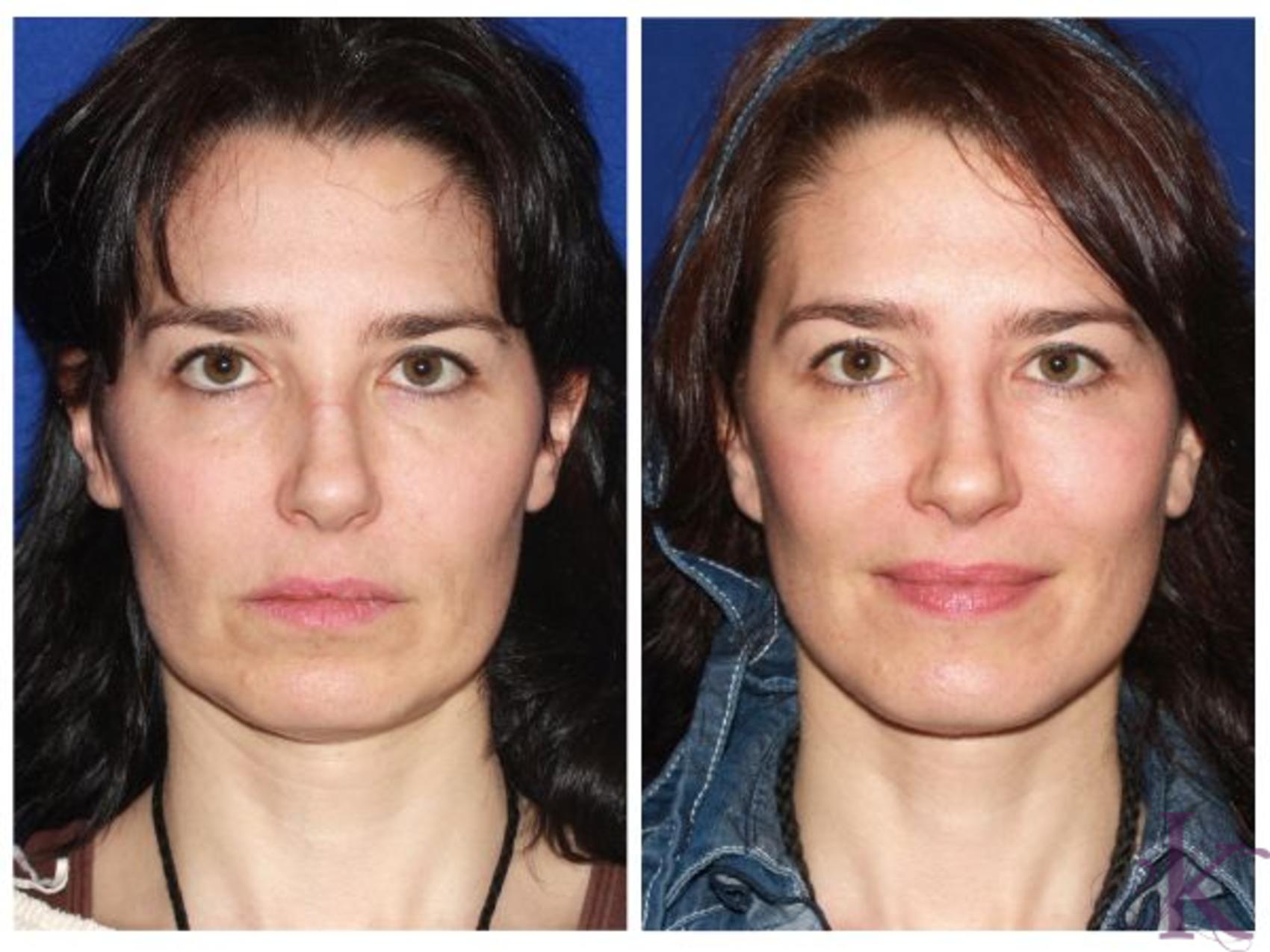While a surgical facelift is typically considered the “gold standard” for facial rejuvenation, some patients–particularly those with earlier signs of aging–are pleased to learn that a mini facelift is sufficient to create the results they want. The abbreviated scars associated with a mini facelift constitute a large part of the surgery’s appeal–but it’s not appropriate for everyone. Here, I’d like to touch on 3 key points to keep in mind before you get your heart set on a mini facelift.
1. The Ideal Candidate
Although it seems counterintuitive, the mini facelift actually predates the traditional facelift. We believe the first such procedure was performed in Germany more than a century ago. Although this was a very rudimentary version of the mini facelift we know today (the incisions were secured with horse hairs), the overall objective was quite similar: tighten the lower portion of the face with small incisions placed behind the ears.
Because a mini facelift is not as extensive as a traditional facelift, the best candidates are people bothered by slight facial sagging and mild or moderate loss of definition along the jawline; many individuals complain of deepening nasolabial folds and the beginnings of jowls.
Most of my mini facelift patients are in their 30s and 40s, with skin that’s still elastic enough to “bounce back” from this less invasive procedure. Candidacy is the most important consideration when it comes to mini facelift and other abbreviated versions of aesthetic procedures. While many people are attracted to the smaller scars and faster recuperation times, for the wrong candidates, undergoing a mini facelift can result in an unsatisfying outcome.
2. Areas of Focus
A surgical mini facelift focuses on the lower face and jawline, an area where many men and women see the earliest signs of aging. It is here where gravity begins to take hold, resulting in a sagging, less defined jawline and creases around the corners of the mouth. This may create the appearance of a double chin and pre-jowls. A mini facelift tightens the affected skin, redefining the jawline for a much younger-looking facial contour. The results can last for several years.
3. Nonsurgical Complements
Some patients fall into a category of people who want more from a mini facelift but still aren’t eligible for a full facelift. I enjoy working with these patients because each one gives me the opportunity to develop a rejuvenation plan that combines surgical and nonsurgical procedures. To best complement the results of my mini facelift patients, I frequently perform skin treatments that improve the texture and rejuvenate the appearance of the skin.
- One such treatment is skin resurfacing, which can improve fine wrinkles, texture, coloration, and elasticity.
- Another exciting option is platelet-rich plasma therapy (PRP), which stimulates the skin’s own renewal process. You can learn more about PRP therapy in this recent blog post.
- Dermal fillers and BOTOX® are also nice, no-downtime enhancements to a mini facelift. These versatile injectables can be used to soften wrinkles in the upper face, or further enhance jawline definition and add volume and subtle lift to the cheeks.
Your procedure is completely customizable, and I would be happy to meet with you to discuss all of your options in person. If you’re considering a mini facelift, call my Manhattan, NYC practice at (212) 380-3634 or request a consultation using our simple online form.






Leave a Reply